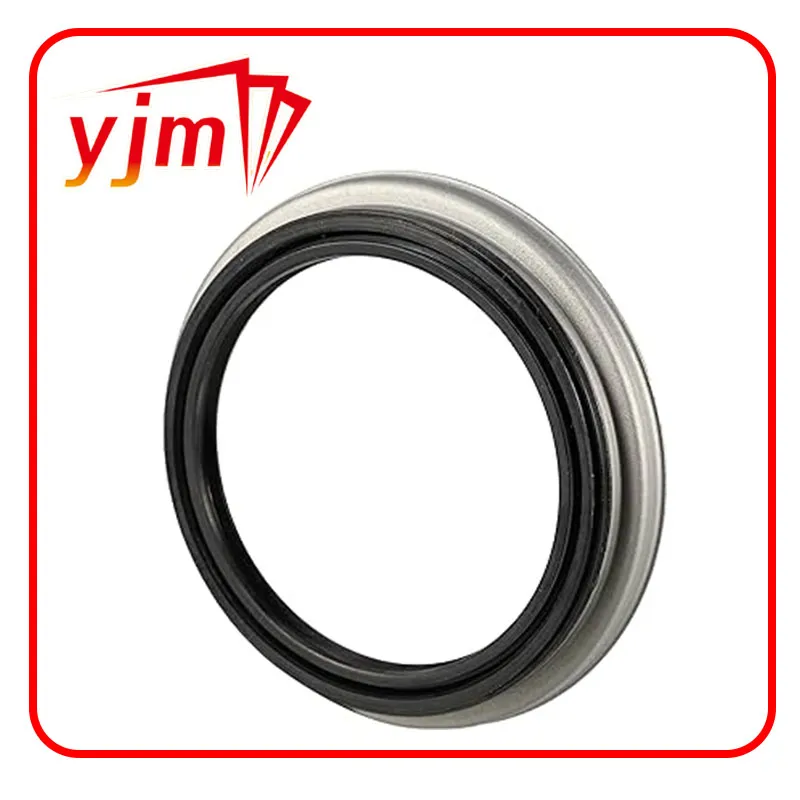Front Input Shaft Seal Installation and Maintenance Guide for Enhanced Vehicle Performance and Longevity
Understanding the Front Input Shaft Seal An Essential Component of Your Vehicle's Transmission System
The front input shaft seal is an often-overlooked yet crucial component of a vehicle's transmission system. Its primary function is to prevent transmission fluid from leaking out of the transmission case where the input shaft enters. This seal plays a significant role in ensuring the efficiency and longevity of the transmission, making it an essential element for any vehicle owner to understand.
What is the Front Input Shaft Seal?
Located at the front end of the transmission, the front input shaft seal is designed to keep transmission fluid contained within the housing. The fluid is critical for lubricating the moving parts inside the transmission, allowing for smooth operation and effective gear shifting. The seal encircles the input shaft where it exits the transmission housing and is made from durable materials such as rubber or synthetic compounds.
The Importance of Transmission Fluid
Transmission fluid serves multiple purposes, acting as both a lubricant and a coolant. It ensures that the transmission's gears and other internal components operate smoothly, reducing friction and wear. Additionally, the fluid helps maintain proper operating temperatures within the transmission, preventing overheating and potential damage. The front input shaft seal helps retain this vital fluid, ensuring optimal performance.
Signs of a Failing Front Input Shaft Seal
While the front input shaft seal is built to last, it can wear out over time due to various factors such as high mileage, extreme temperature fluctuations, or the presence of contaminants in the transmission fluid. A failing seal can lead to several noticeable symptoms, including
front input shaft seal

1. Fluid Leaks One of the most obvious signs of a deteriorating seal is the presence of transmission fluid puddles under the vehicle. If you notice red or brown fluid accumulating where your car is parked, it may be time to inspect the seal.
2. Transmission Performance Issues Low transmission fluid levels due to a leak can cause poor gear shifting, slipping, or delayed engagement. If you experience these issues, it’s essential to check the seal and fluid levels promptly.
3. Overheating Insufficient fluid can lead to overheating, which can adversely affect the transmission and lead to expensive repairs. If your vehicle is overheating, the front input shaft seal could be a contributing factor.
Replacement of the Front Input Shaft Seal
If you detect any issues associated with the front input shaft seal, it is crucial to address them as soon as possible. Replacing the seal is a job that typically requires a fair amount of mechanical expertise, as it involves disassembling parts of the transmission system. For many vehicle owners, it may be best to consult a professional mechanic to ensure proper installation.
The process generally involves draining the transmission fluid, removing the front cover, and taking out the existing seal before inserting a new one. Once replaced, the transmission should be filled with fresh fluid to restore proper function.
Conclusion
The front input shaft seal is an integral part of your vehicle's transmission system, providing a barrier that prevents fluid leaks and ensures efficient operation. By understanding its importance and recognizing the signs of failure, vehicle owners can take proactive measures to maintain their transmission health. Regular inspections and maintenance can help extend the life of this critical component, ultimately leading to a more reliable and efficient vehicle. Whether you choose to undertake the repair yourself or seek professional assistance, addressing issues with the front input shaft seal promptly can save you time and money in the long run.
-
The Ultimate Guide to Boat Propeller Bearings and Trailer Wheel Bearings
News Jul.31,2025
-
The Essential Guide to Marine Bearings and Boat Trailer Wheel Bearings
News Jul.31,2025
-
The Complete Guide to Heavy Duty Seals: Protecting Doors and Spaces Efficiently
News Jul.31,2025
-
Essential Guide to Marine Shaft Bearings and Boat Trailer Axle Bearings
News Jul.31,2025
-
Comprehensive Guide to Marine and Trailer Bearings for Safe Boating and Transport
News Jul.31,2025
-
Comprehensive Guide to Automotive Oil Seals: Protecting Your Engine and Shafts
News Jul.31,2025
-
Understanding Automotive Oil Seals: Essential Components for Engine and Shaft Protection
News Jul.30,2025
Products categories















